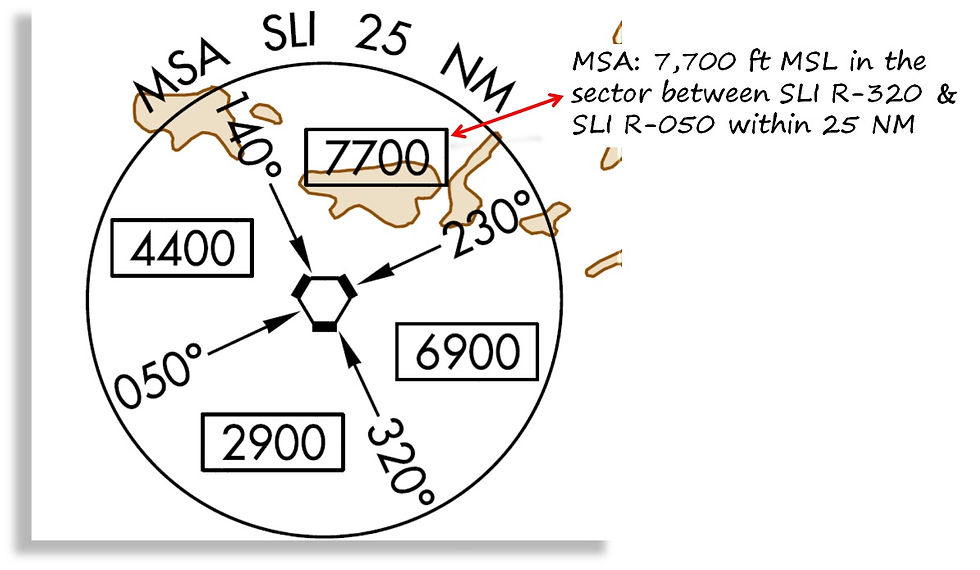Are you scared about flying a Los Angeles Bravo Transition? Here is an easy one!
- TIPAH

- 16 janv. 2019
- 3 min de lecture
Dernière mise à jour : 17 janv. 2019
Flying VFR in the Los Angeles area could be stressful and complicated given the numerous Charlie and Delta airspaces tangled in the Los Angeles Bravo airspace.

Let's take an example of flying Northbound (e.g. John Wayne KSNA to Van Nuys KVNY) or Southbound (e.g. Van Nuys KVNY to John Wayne KSNA) but with the Los Angeles Bravo airspace in between.

There are several possibilities offered to you:
Get around the Bravo but the distance to travel will significantly increase
Use one of the numerous VFR Los Angeles transitions available which are the "Coliseum Route", "Hollywood Park Route", "Mini Route" and "Coastal Route".
But those VFR transitions require to be in contact with ATC and the "Mini Route" transition for instance will require intensive ATC communications and several frequency changes within a short period of time. For people who are not very comfortable with talking to ATC, that could be quite intimidating.
PilotEdge uses real VFR procedures including these special VFR transitions of the Los Angeles Bravo airspace and that is a valuable way of improving our own navigation and communication skills.
One easy solution that will not require to be in contact with ATC is the "Los Angeles Special Flight Rules" transition.
If you fly Southeasterly, you will need to maintain 3,500 feet MSL while flying Northwesterly requires to fly at 4,500 feet MSL.
This specific transition needs you to be established on the Santa Monica VOR 132° radial while squawking on 1201 prior to entering and while transitioning the Los Angeles Special Flight Rules area with an airspeed below 140 KIAS.
An ATC authorization is not required to fly this Special Flight Rules transition (assuming you are compliant with the Federal Aviation Regulations section 93-95). However, broadcasting on 128.55 to report overhead specific VFR checkpoints is recommended to exchange position information with other pilots flying this transition.
I personally report over 6 VFR checkpoints. Flying Northwesterly, those VFR checkpoints would be in order:
Torrance
Hawthorne 405 interstate (VPLSR)
Imperial Highway
Over the numbers (overhead LAX runways)
Ballona Creek
Finally over Santa Monica VOR when leaving the transition.
As a Cessna 172SP Skyhawk with the N65415 registration number, I would typically broadcast with the following traffic advisories phraseology:
"Special Flight Rules Traffic, Skyhawk 415 at 4,500 Northbound, overhead Torrance, Special Flight Rules".
Repeat those radio communications over the 5 next VFR checkpoints and that's it!
Leaving the transition would sound like "Special Flight Rules Traffic, Skyhawk 415 at 4,500 Northbound, overhead Santa Monica VOR, leaving the Special Flight Rules transition".

Remark:
When at the end of the transition flying Northwesterly above Santa Monica VOR, you will be flying below the shelf of the Los Angeles Bravo airspace that starts at 5,000 feet MSL and above the Santa Monica Delta airspace ending at 2,700 feet MSL. Keep in mind that you will be flying in a crowded airspace with a small altitude interval which you can fly in without being in contact with ATC (>2,700 ft and <5,000 ft MSL). So stay focus on traffic :)
Same precautions must be taken when starting the transition south of LAX airport since there are multiple Delta airspaces (Torrance; Hawthorne; Long Beach) with the shelf of the LAX Bravo starting at 5,000 feet MSL.
Quick reminder:
Transitioning a Charlie airspace requires to establish a 2-way radio communication prior entering the Charlie. Is considered a 2-way communication as soon as you hear your callsign mentioned by ATC back to your very first call and at this point you can enter the Charlie airspace without delay.
The Bravo transition requires you to hear explicitly from the ATC "Cleared into the Bravo airspace" prior entering the Bravo. Being in communication with ATC is not enough and does not give you the authorization to enter the Bravo.
Here is an example of a "Miniroute" transition on PilotEdge that illustrates how intensive is the ATC communications during this typical transition.
TIPAH





Commentaires